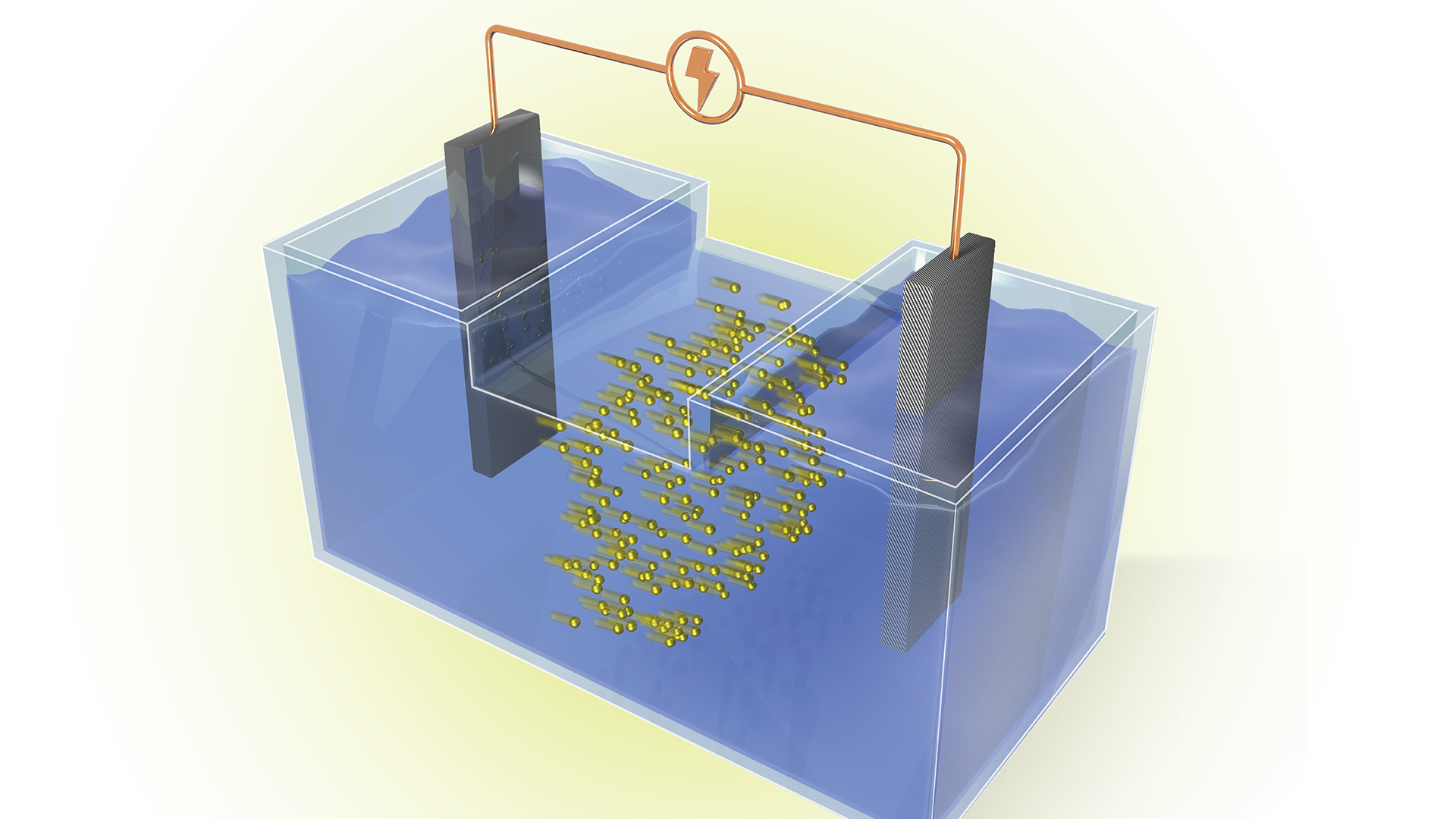According to Science Daily, this battery format is capable of storing renewable energy generated by solar panels or wind turbines.
When wind and sunlight are unavailable, the energy used by this innovative battery goes through an electrochemical reaction that captures CO2 from industrial emissions and converts it into value-added products.
According to a press release from Oak Ridge University, two different formulations of this type of battery have been created and tested, converting CO2 into a solid form with the potential to be used in other products.


One of these formulations has maintained its capacity for 600 hours of use and can store up to 10 hours of electricity.
The researchers overcame the main challenge, deactivation caused by chemical build-up, which had been an obstacle for the other battery formulation.
Batteries work through electrochemical reactions that move ions between two electrodes through an electrolyte.
Unlike cell phone or car batteries, batteries designed for grid energy storage don't have to work as a closed, portable system.
The CO2 generated by a power station can be pumped through a tube into the liquid electrolyte, creating bubbles similar to those in a fizzy soft drink. During battery operation, the gas bubbles are converted into a solid powder.
Each component of a battery can be made up of different elements or compounds. These choices determine the battery's operating time, the amount of energy it can store, its size or weight and how quickly it charges or consumes energy.
"Our batteries are safer than existing technology because their electrodes are stable in water," concludes scientist and lead author of the study Ruhul Amin.
The results of the research were presented in an article published in the Journal of Power Sources.





